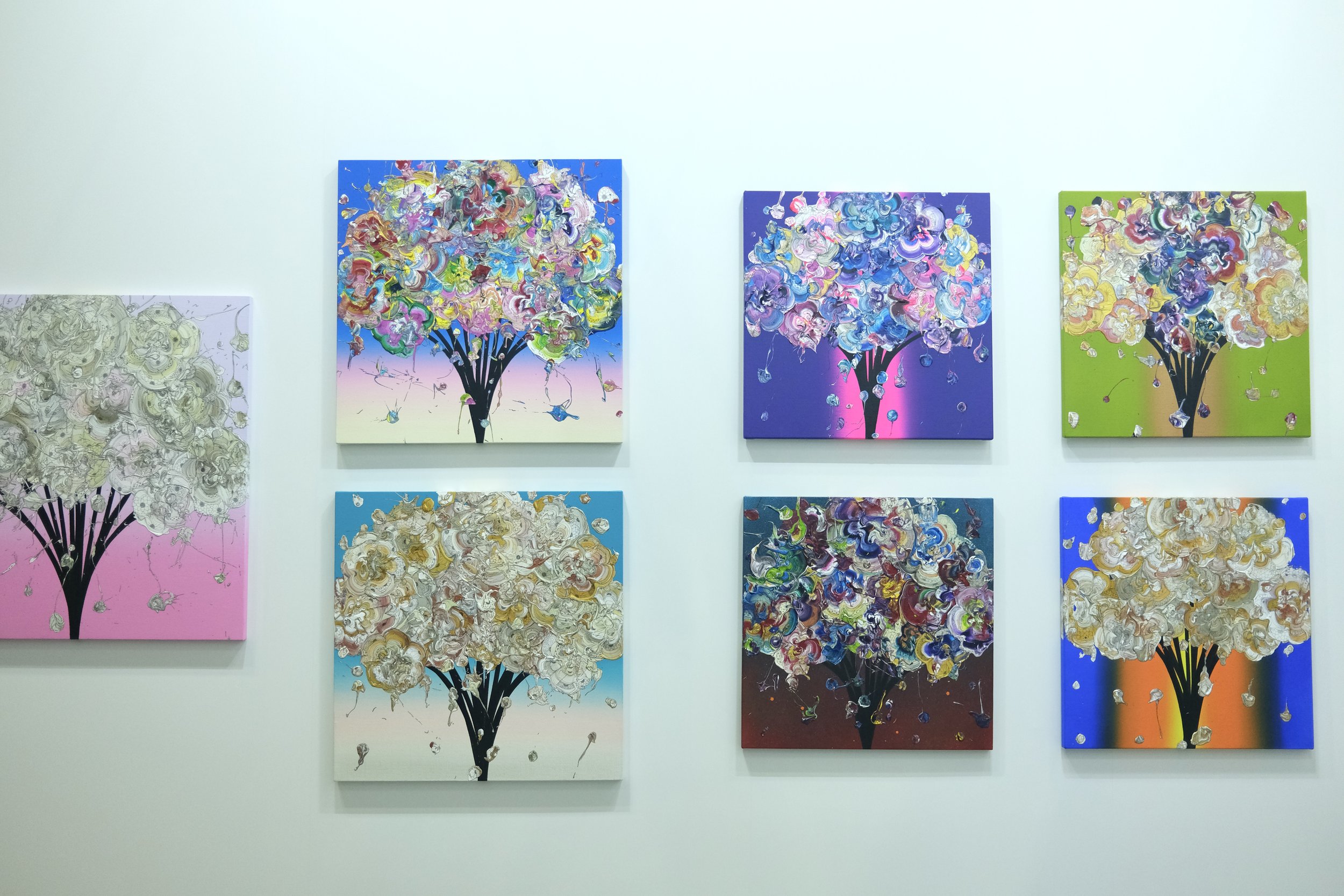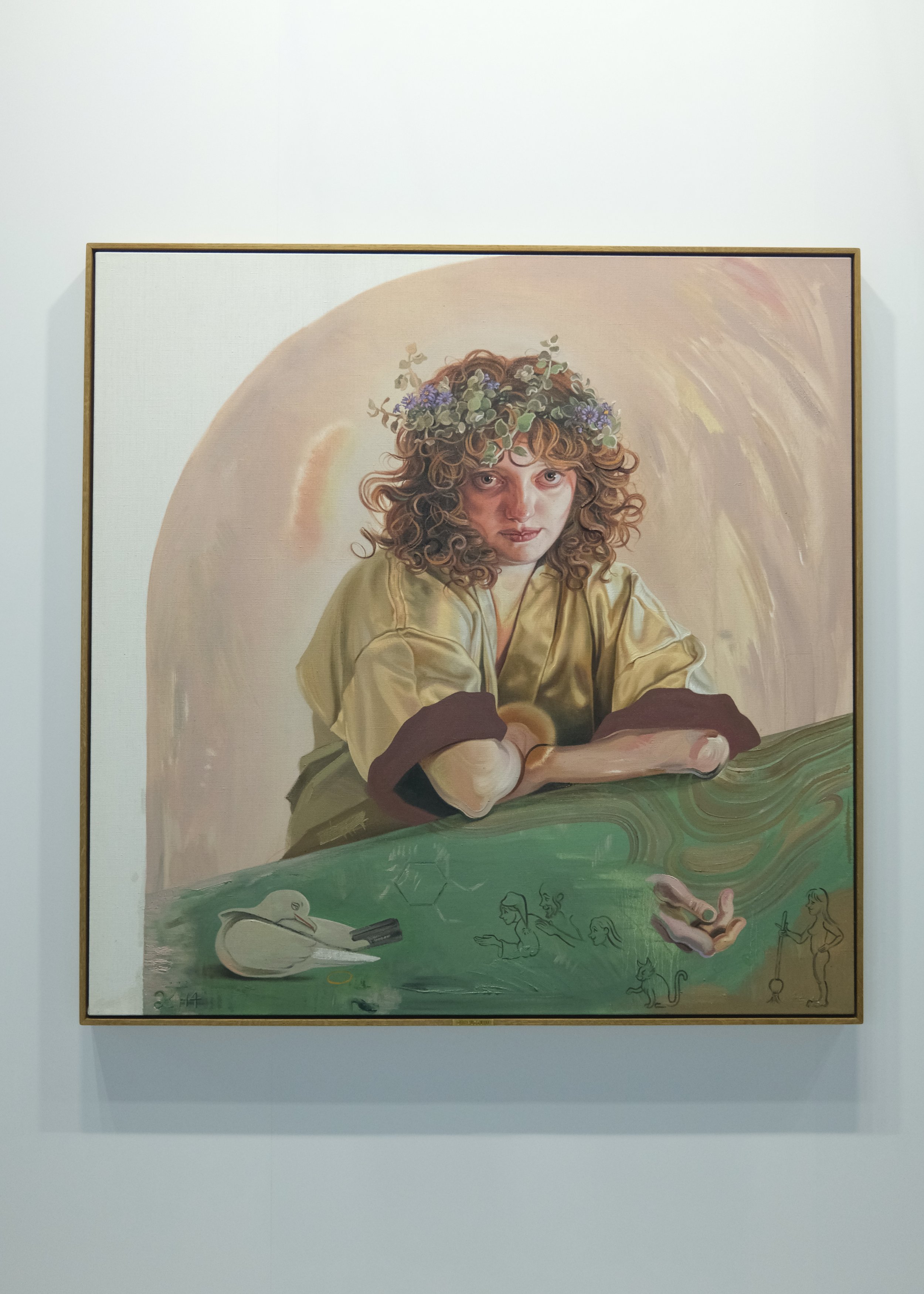Hadi Falapishi Edge of the World & Yoshitomo Nara My Imperfect Self
New history of western art
Where, until relatively recently, these aspects of art history were viewed as stable factors, it is now increasingly likely to be stressed that this is not correct at all. An artist's thinking evolves, and it is safe to assume that even Rembrandt and Poussin had days when they achieved very little. People are fallible, after all. Furthermore, a work of art is a record of its history: paint discolours, restoration alters the physical condition. It was discovered only recently, for example, that the Ghent Altarpiece, one of the most innovative paintings in Western art, had as much as 50-70% of its surface overpainted in the sixteenth century. For hundreds of years, countless thousands of people had been admiring the handiwork of a sixteenth-century master with a little Van Eyck thrown in for good measure. The perception of an image is not a stable factor either: everyone brings their personal baggage with them and looks at things with their own specific pattern of expectations. The period eye', as the renowned art historian Michael Baxandall called it, simply cannot be reconstructed in its entirety. In response, a third viewpoint was added to the traditional pairing of iconography and iconology, namely that of semiotics. Through cross-fertilisation with linguistics and the social sciences, which had analysed communication models for much longer, the understanding has grown that meaning is not only provided by the sender (the artist) of a message (the artwork), but that the recipient (the viewer of the artwork) adds meaning too. The brain invariably makes associations and these are similar for everyone but also distinctly individual. When two Europeans see an image of Christ, a non-believer will respond to it emotionally and cognitively in a very different way to a devout Catholic. A strict Protestant with an aversion to idolatry' will view it in another way again.
The challenge when seeking a good understanding of style and iconography (or of form and content) is to grasp the interaction between the two and its constant instability. Why do we see what we see and why do we interpret it the way we do? The way people respond to an image is highly sensitive to shifts and sudden ruptures in context. A photograph of the twin towers of the World Trade Center had an entirely different significance for New Yorkers (and not only them) the day before 11 September 2001 (9/11) than it did the day after. Art historians have not always taken account of this phenomenon.
New history of western art Page 362
William Eggleston: The Last Dyes
Total Presence, John Miller
Post Human
Bernard Frize Shadows, Spirits and Clouds & Christian Boltanski Animitas (Chili)
16 November 2024 - 18 January 2025
Marian Goodman, Los Angeles
Bernard Frize Shadows
Spirits and Clouds & Christian Boltanski Animitas (Chili)
Doug Aitken Psychic Debris Field
Loie Hollowell Overview Effect
Olafur Eliasson: OPEN
Wende Museum
https://wendemuseum.org/
The Wende Museum is an art museum, historical archive of the Cold War, and center for creative community engagement in Culver City, California.
Conversations with Cezanne
"This man thought only of painting, loved only painting" Monet, a worldlier type, said of Cézanne long after his revered Impressionist confrere was gone. It was, in fact, a common observation, one shared in 1907 from less temporal but more personal distance by Charles Morice, the critic who asked the survey question, "What do you make of Cézanne?" Morice set the significance of the recently deceased artist into the context of modernity: "We hardly dare say that Cézanne lived; he painted...[His is] painting estranged from the course of life, painting with the [sole] aim of painting... [His art constitutes) a tacit protest, a reaction... He put everything in question." How does painting—of a nude, a tree, a mere apple-"put everything in question"?
Richard Shiff, April 2000
Conversations with Cezanne
Intro page 33
Umar Rashid - The Kingdom of the Two Californias. La Época del Totalitarismo Part 2.
November 2–December 21, 2024
BLUM Los Angeles
Francis Bacon
Louise Bourgeois
“Monte di Pietà” project: PAWNSHIP A PROJECT BY CHRISTOPH BÜCHEL
東京現代・Tokyo Gendai
Mika Kato: Evanescent, Yet Powerful, Elaborate Expressions and Changes, Starting Afresh by “Forgetting Art as One Knew it.”
June 22 - July 20, 2024
TOMIO KOYAMA GALLERY ROPPONGI, Tokyo




















































































































































































































































































































































































































































